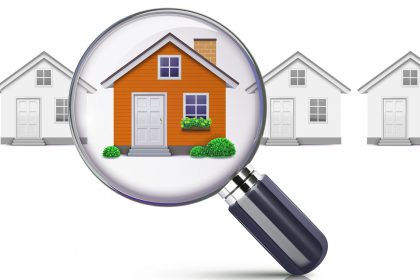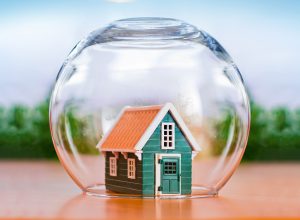
We know that property price growth has slowed down, but what’s happened to rents?
Property leasing data released by Rent.com.au for the April to June quarter (Q2 2018) illustrates the shift in Australian median rental property prices (both metro and regional), rental affordability (the median room price metric) and the price of walkability in each state and territory capital.
Report Highlights
Darwin’s rental market continued upward in Q2 2018 with a jump in the price of houses.
The median house price in the Northern Territory capital was $500 a week, up 6.3% from Q1 2018.
House prices remained relatively stable in the latest report, with no change recorded in Sydney, Melbourne, Brisbane or Hobart from Q2 2018.
Sydney once again topped the list for rental prices in Q2 for both apartments and houses ($550/week and $600/week, respectively).

Median Rents
Rent.com.au’s Quarter 2 (Q2) 2018 report, covering the months of April through June showed a relatively steady period, with median rent prices stable for apartments and houses nationally.
 Broken down by state and territory, however, there was more movement in apartments than in houses.
Broken down by state and territory, however, there was more movement in apartments than in houses.
Apartment median rents fell in four of the eight capital cities including Melbourne (4.7% to $400 a week), Adelaide (1.6% to $295 a week), Hobart (1.4% to $350 a week) and Brisbane (1.2% to $395 a week).
Rent.com.au Chief Executive Officer, Greg Bader said Melbourne’s 4.7% drop in apartment pricing and stablised price for houses (no change) showed the rental market remains strong and competitive but appears to be stagnating.
“An influx of first-home buyers likely cashed up by stamp duty concessions have contributed to this slowing in the Melbourne market because they look at more affordable options in the outer and western suburbs,” he said. “The silver lining for potential investors in terms of demand is population growth which will help to drive up values.”
The most significant jump in pricing was in Perth, with apartments up 3.2% to $320 a week.]
The general market improvement means some property investors and agents will be seeing some of their lowest vacancy rates in some time, keeping rents strong with some increases.

The improvement is likely to prompt moderate rental increases with lease renewals as vacancy periods are smaller than faced in 2017, giving investors and agents more negotiating power with leases and moderate increases.
Sydney, Melbourne, Brisbane and Hobart house median rents were stable between Q1 and Q2, stationary at $600, $420, $420 and $430 respectively.
With only Canberra as its closest contender price-wise ($520/week), Sydney remains the most expensive city in Q2 for house hunters – a median rent of $600 a week.



Walk Score® — The price of walkability. Median Rent
 Rent.com.au compared its Walk Score® data to its median rent price to identify price trends in areas with varying levels of walkability in Q2 2018.
Rent.com.au compared its Walk Score® data to its median rent price to identify price trends in areas with varying levels of walkability in Q2 2018.
Renters seeking bargain accommodation would have found the most affordable Walker’s Paradise apartments in Tasmania, according to the Q2 2018 data.
Walker’s paradise apartments cost, on average $380 a week to rent in TAS.
Next most walkable (and affordable) was Western Australia, costing $390 a week.

The most affordable median rent for a Walker’s Paradise house in Q2 was $450 a week – this quarter split between South Australia and Tasmania.
Western Australia followed close behind ($460/week), followed by Queensland ($470/week).
Houses in New South Wales remained priciest, topping the list at $795 a week for a walker’s paradise property.

Price per Room
House hunters looking for shared accommodation can use Rent.com.au’s price per room measure for an indication of the cost of individual rooms by state.
The most affordable Walker’s Paradise apartment rooms were found in South Australia in Q2 ($227 a week), and in Queensland for houses ($185 a week).




